Targeted Oxysterol Quantification
Accurate measurement of specific oxysterols using isotope-labeled internal standards and LC-MS/MS methods.
Our services have earned the trust of companies, schools, and organizations globally, and we remain dedicated to maintaining that trust.
Oxysterols are oxidized derivatives of cholesterol or its precursors, formed enzymatically via cytochrome P450s or non-enzymatically through reactive oxygen species. These biologically active molecules act as intermediates in bile acid biosynthesis, regulators of lipid metabolism, and modulators of immune and inflammatory signaling. Specific oxysterols—such as 24S-hydroxycholesterol, 27-hydroxycholesterol, and 7-ketocholesterol—play distinct roles in neurodegeneration, atherosclerosis, and cancer progression, making them critical biomarkers in translational research and therapeutic monitoring.
Oxysterols reflect both enzymatic and non-enzymatic transformations of cholesterol. Their accumulation, conversion, or clearance is tightly linked to cellular oxidative states and sterol processing capacity. Understanding their dynamics helps researchers to:
Detailed, Customizable, and Pathway-Driven Sterol Profiling

Targeted Oxysterol Quantification
Accurate measurement of specific oxysterols using isotope-labeled internal standards and LC-MS/MS methods.

Untargeted Oxysterol Profiling
Broad-spectrum detection of known and novel oxysterols using high-resolution mass spectrometry for discovery-based studies.

Sterol Pathway Mapping
Integration of oxysterol data with key metabolic pathways to reveal enzyme activity, precursor-product relationships, and regulatory nodes.

Matrix-Compatible Analysis
Applicable to a wide range of sample types, including plasma, serum, cerebrospinal fluid (CSF), brain, liver, cultured cells, and organoids.

Custom Method Development
Tailored method design for project-specific oxysterols, rare intermediates, or specialized metabolic targets.

Data Reporting & Bioinformatics Support
Delivery of detailed quantitative reports, including compound ID, retention time, calibration curves, and optional pathway annotation.
| Compound Name | Chemical Type | Likely Origin / Related Enzyme | Associated Pathway |
|---|---|---|---|
| 24S-Hydroxycholesterol | Enzymatic oxysterol | CYP46A1 (brain-specific) | Cholesterol turnover in CNS |
| 25-Hydroxycholesterol | Enzymatic oxysterol | CH25H (cholesterol 25-hydroxylase) | Lipid signaling, immune regulation |
| 27-Hydroxycholesterol | Enzymatic oxysterol | CYP27A1 | Cholesterol export and bile acid precursors |
| 7α-Hydroxycholesterol | Enzymatic intermediate | CYP7A1 | Classic bile acid synthesis |
| 7β-Hydroxycholesterol | Non-enzymatic oxidation product | Autoxidation | Oxidative stress marker |
| 7-Ketocholesterol | Non-enzymatic oxidation product | Autoxidation | Lipid peroxidation |
| 5,6α-Epoxycholesterol | Oxidized cholesterol epoxide | Autoxidation | Reactive sterol intermediate |
| 5,6β-Epoxycholesterol | Oxidized cholesterol epoxide | Autoxidation | Reactive sterol intermediate |
| Cholestane-3β,5α,6β-triol | Triol (epoxide hydrolysis product) | Epoxide hydrolysis | Oxidative cholesterol metabolism |
| 22R-Hydroxycholesterol | Enzymatic oxysterol | CYP11A1 | Precursor in steroid hormone synthesis |
| 20S-Hydroxycholesterol | Enzymatic oxysterol | CYP11A1 | Steroidogenic intermediate |
| 7α-Hydroxy-3-oxo-4-cholestenoic acid | Acidic intermediate | CYP27A1, CYP7B1 | Alternative bile acid pathway |
| 3β-Hydroxy-5-cholestenoic acid | Acidic intermediate | CYP27A1 | Oxysterol oxidation pathway |
| Desmosterol | Cholesterol precursor | DHCR24 | Cholesterol biosynthesis |
| Lathosterol | Cholesterol precursor | SC5D | Cholesterol biosynthesis |
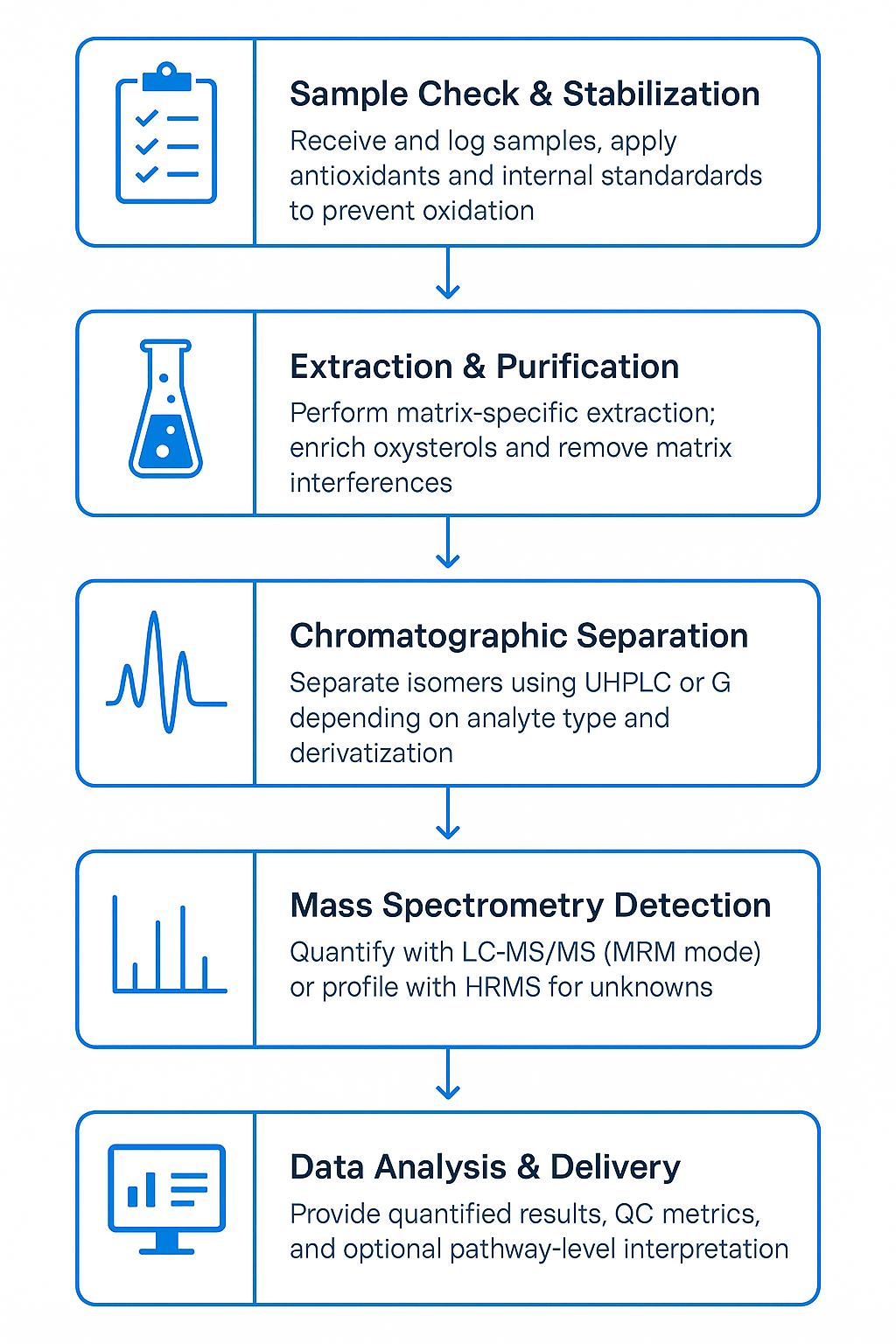
Creative Proteomics employs a suite of advanced analytical platforms to ensure accurate, reproducible, and high-sensitivity oxysterol detection across a wide range of biological samples. Our platform selection is tailored to fit the specific analytical goals — whether targeted quantification, isomer separation, or discovery-driven profiling.
| Instrument | Technology | Application in Oxysterol Analysis |
|---|---|---|
| Agilent 6495C Triple Quadrupole LC-MS/MS | Targeted LC-MS/MS | High-sensitivity quantification of oxysterols using MRM; ideal for large sample sets |
| Agilent 1260 Infinity II HPLC | Ultra-high performance LC | Excellent chromatographic separation of structural isomers prior to MS detection |
| Thermo Q Exactive Orbitrap | High-resolution MS (HRMS) | Untargeted profiling, unknown oxysterol identification, accurate mass detection |
| Agilent 7890B GC + 5977A MSD | GC-MS with electron impact | Optional for derivatized or thermally stable oxysterols; method-matching applications |
| SCIEX QTRAP 6500+ LC-MS/MS | Enhanced triple quadrupole | Alternative platform for ultra-trace level oxysterol quantification with fast polarity switching |
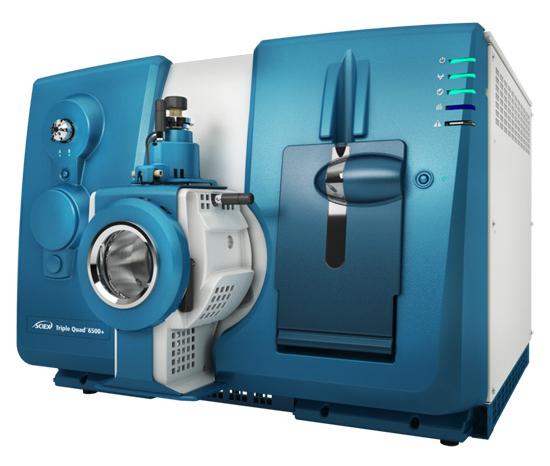
SCIEX Triple Quad™ 6500+ (Figure from Sciex)
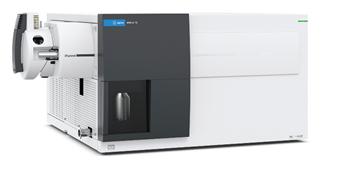
Agilent 6495C Triple Quadrupole (Figure from Agilent)
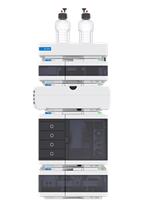
Agilent 1260 Infinity II HPLC (Fig from Agilent)
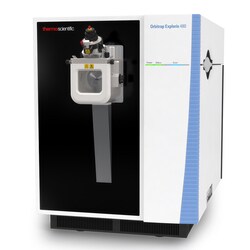
Orbitrap Exploris™ 240 (Figure from Thermo Fisher)
Quantitative Results Table
Includes absolute concentrations (e.g., ng/mL or pmol/mg) for each detected oxysterol across all samples, with internal standard normalization and QC metrics (e.g., %CV, S/N ratio).
Chromatograms & Spectra
High-resolution extracted ion chromatograms (EICs), total ion chromatograms (TICs), and representative MS/MS fragmentation spectra for major oxysterols.
Calibration Curve & Regression Data
Full calibration plots with dynamic range, correlation coefficients (R² > 0.995), and standard curve parameters for each target compound.
LOD & LOQ Values
Compound-specific limit of detection (LOD) and limit of quantitation (LOQ), validated in matrix-matched conditions.
Heatmaps & Clustering Analysis
Visual comparison of oxysterol profiles across experimental groups or timepoints.
Principal Component Analysis (PCA)
Multivariate analysis for pattern recognition, sample classification, or outlier detection.
Pathway Mapping (on request)
Integration of oxysterol data with known metabolic pathways (e.g., cholesterol → bile acid → steroidogenesis).
Group Comparisons & Fold Change
Statistical analysis with volcano plots or bar graphs showing significant changes between conditions (customizable p-value, FDR thresholds).
Explore our Lipidomics Solutions brochure to learn more about our comprehensive lipidomics analysis platform.


Neuroscience
Analyze brain-specific oxysterols (e.g., 24S-HC) to study cholesterol turnover and neural sterol homeostasis.

Lipid Metabolism
Monitor enzymatic and non-enzymatic cholesterol oxidation to map sterol metabolic flux.

Immunology
Investigate oxysterol-mediated regulation of immune signaling pathways (e.g., LXR, ROR ligands).

Aging Research
Track oxidative sterol products to assess age-associated changes in membrane lipid integrity.

Toxicology
Detect autoxidation-derived oxysterols as markers of lipid peroxidation under chemical or environmental stress.

Pharmacometabolomics
Evaluate how compounds modulate sterol metabolism as part of mechanistic or off-target profiling.
| Sample Type | Recommended Amount | Storage Conditions | Notes |
|---|---|---|---|
| Plasma / Serum | ≥ 100 µL | -80 °C, in amber tubes | Fasted samples preferred; avoid repeated freeze-thaw cycles |
| Tissue (e.g. liver, brain) | ≥ 20 mg (wet weight) | Snap-frozen, stored at -80 °C | Rinse with PBS to remove blood; minimize handling time |
| Cerebrospinal Fluid | ≥ 200 µL | -80 °C, protected from light | Collect in low-binding polypropylene tubes |
| Cultured Cells | ≥ 1×10⁶ cells or pellet equivalent | Washed, pelleted, flash frozen | Provide cell type and treatment information if possible |
| Cell Culture Media | ≥ 500 µL | -80 °C, pre-cleared by centrifugation | Use serum-free media or specify supplement composition |
Can I submit multiple sample types in one project (e.g., plasma and tissue)?
Yes. We support cross-matrix studies. Each sample type is processed using matrix-specific protocols to ensure optimal recovery and analytical consistency.
Are internal standards used during the analysis?
Absolutely. We apply deuterated oxysterols as internal standards at the extraction stage to ensure precise quantification and correct for matrix effects.
How do you control for oxysterol oxidation during sample handling?
Antioxidant-treated solvents and metal chelators are used during extraction and sample prep. All procedures are performed under low-light, low-temperature conditions to prevent artificial oxidation.
Can I request both absolute and relative quantification?
Yes. Our standard report includes absolute concentrations (ng/mL or ng/mg), but relative quantification (e.g., fold-change, normalized intensity) can also be provided upon request.
Do you offer support for unknown oxysterol identification?
Yes. For untargeted profiling, we use high-resolution Orbitrap MS with accurate mass matching and optional MS/MS spectral library comparison for novel or unexpected species.
How should I prepare cultured cell samples for oxysterol analysis?
Cells should be harvested, washed to remove serum, pelleted, and snap-frozen without buffer. Please provide metadata (cell type, treatment) to assist with interpretation.
Is biological replicate analysis supported?
Yes. We strongly recommend submitting biological replicates for each group to enable reliable statistical comparisons and pathway analysis.
How do you address matrix effects that could impact oxysterol quantification across different biological samples?
We perform matrix-matched calibration and use isotope-labeled internal standards to normalize extraction efficiency and ion suppression/enhancement. Each sample batch is run with QC controls in the same matrix for reliable cross-comparison.
Can you support longitudinal or time-course studies involving dynamic oxysterol changes?
Yes. Our workflow is optimized for low-variability quantification (CV <10%), making it suitable for detecting subtle temporal fluctuations in oxysterol levels. We can also provide trend plots and baseline-corrected visualizations upon request.
Do you provide integration with downstream pathway analysis or multi-omics datasets?
Yes. Oxysterol data can be mapped onto cholesterol catabolism and LXR/ROR signaling pathways. We offer pathway enrichment overlays, and our team can assist in integrating lipidomics with transcriptomic, proteomic, or metabolomic datasets if provided.
How do you confirm structural isomers such as 24S-HC vs 25-HC?
We use orthogonal separation techniques (e.g., reverse-phase vs chiral UHPLC) and compare retention time with authentic standards. In complex cases, MS/MS fragmentation patterns and accurate mass data from Orbitrap MS are applied for confirmation.
What quality control metrics are included to assess data reliability?
Each run includes system suitability checks, internal standard recovery assessment, RSD calculations across technical replicates, blank subtraction, and optional spike-recovery analysis. These metrics are reported alongside client data.
Can I customize the target oxysterol panel for my project?
Absolutely. We support fully customized panels—whether you require specific precursors, rare oxidation products, or pathway intermediates. Detection parameters will be optimized accordingly, and pilot validation is available upon request.

References
Services:
Online Inquiry
CONTACT US

